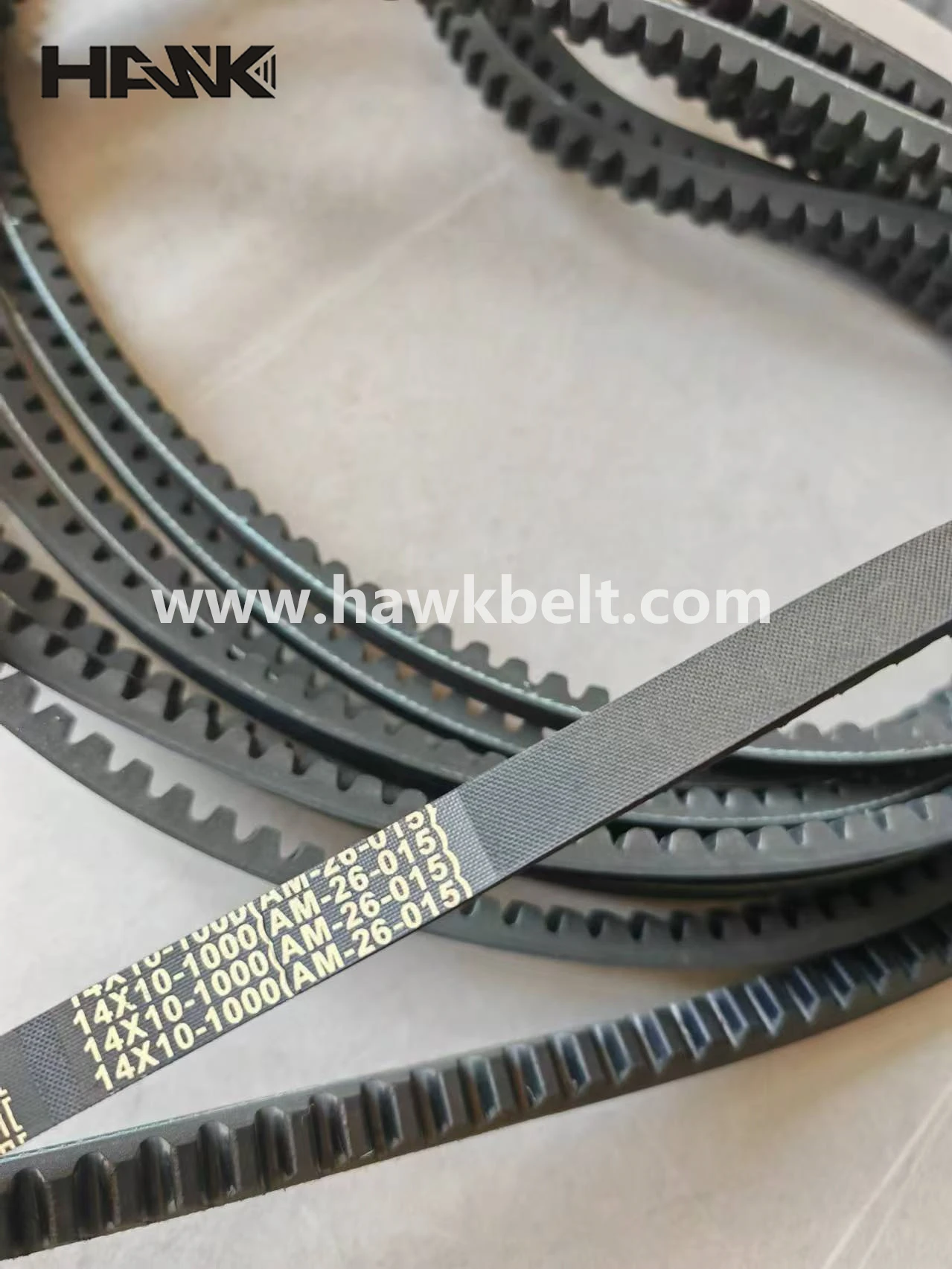- Arabic
- French
- Russian
- Spanish
- Portuguese
- Turkish
- Armenian
- English
- Albanian
- Amharic
- Azerbaijani
- Basque
- Belarusian
- Bengali
- Bosnian
- Bulgarian
- Catalan
- Cebuano
- Corsican
- Croatian
- Czech
- Danish
- Dutch
- Afrikaans
- Esperanto
- Estonian
- Finnish
- Frisian
- Galician
- Georgian
- German
- Greek
- Gujarati
- Haitian Creole
- hausa
- hawaiian
- Hebrew
- Hindi
- Miao
- Hungarian
- Icelandic
- igbo
- Indonesian
- irish
- Italian
- Japanese
- Javanese
- Kannada
- kazakh
- Khmer
- Rwandese
- Korean
- Kurdish
- Kyrgyz
- Lao
- Latin
- Latvian
- Lithuanian
- Luxembourgish
- Macedonian
- Malgashi
- Malay
- Malayalam
- Maltese
- Maori
- Marathi
- Mongolian
- Myanmar
- Nepali
- Norwegian
- Norwegian
- Occitan
- Pashto
- Persian
- Polish
- Punjabi
- Romanian
- Samoan
- Scottish Gaelic
- Serbian
- Sesotho
- Shona
- Sindhi
- Sinhala
- Slovak
- Slovenian
- Somali
- Sundanese
- Swahili
- Swedish
- Tagalog
- Tajik
- Tamil
- Tatar
- Telugu
- Thai
- Turkmen
- Ukrainian
- Urdu
- Uighur
- Uzbek
- Vietnamese
- Welsh
- Bantu
- Yiddish
- Yoruba
- Zulu
أكتوبر . 18, 2024 06:05 Back to list
Understanding 3pk Belt Sizes for Your Equipment and Maintenance Needs
Understanding 3PK Belt Sizes A Comprehensive Guide
When it comes to machinery and automotive applications, the 3PK belt size is a crucial component frequently encountered in various systems. Belts, especially drive belts, play an essential role in transferring power between rotating shafts, and selecting the right belt size is imperative for ensuring optimal performance and longevity of the machinery.
What Does 3PK Mean?
The term 3PK refers to a specific type of V-belt characterized by its cross-section and length specifications. The “3” in 3PK indicates that the belt belongs to a class of belts that have three ribbed sections. The “K” signifies that the belt has a narrower profile compared to conventional belts, which helps it fit into tighter spaces and provides better grip on pulleys.
These belts are commonly used in various applications, including automotive engines, agricultural machinery, and industrial equipment. Understanding the specifications of 3PK belts, including their dimensions and applications, is crucial for selecting the right belt for your needs.
Dimensions and Specifications
A typical 3PK belt is characterized by its length, width, and thickness. The length is measured in millimeters or inches, with common sizes ranging from around 800 mm to over 2000 mm. The width of a 3PK belt is approximately 10 mm, and the thickness is around 6 mm.
When replacing a worn-out belt, it's essential to measure the dimensions accurately. A miscalculation can lead to improper fit, leading to potential slippage or damage to other components in the system. Proper identification typically involves looking at the part number printed on the belt, which often includes the “3PK” designation followed by a numerical value representing the length.
Applications of 3PK Belts
3pk belt sizes

3PK belts are versatile and used in various applications across different sectors. In the automotive industry, these belts are commonly found in serpentine belt systems, which drive multiple accessories such as the alternator, power steering pump, and air conditioning compressor.
In agriculture, 3PK belts can be found in equipment like tractors and harvesters, helping to drive various attachments and ensuring efficient operation. Furthermore, in industrial settings, these belts support machinery like conveyor systems and pumps, playing an integral role in the manufacturing process.
Choosing the Right 3PK Belt
Selecting the right 3PK belt involves more than just finding the correct size. Potential users should also consider the material composition of the belt, as rubber, neoprene, and polyurethane are all common materials that offer different durability and resistance properties.
Additionally, users should assess the environmental conditions where the belt will be operating. For instance, if the application involves high heat or exposure to chemicals, selecting a specialized belt designed for those conditions is vital.
Conclusion
In summary, understanding 3PK belt sizes and specifications is crucial for individuals and businesses that rely on machinery where these belts play a vital role. Proper measurement, material selection, and application considerations are essential for ensuring reliable and efficient operation. Whether you are a mechanic, a DIY enthusiast, or an industry professional, knowing the nuances of 3PK belts can save time, enhance performance, and reduce the likelihood of equipment failure.
By keeping these factors in mind, you can make informed decisions when selecting and replacing 3PK belts, ultimately contributing to the smooth operation of your machines.
-
Korean Auto Parts Timing Belt 24312-37500 For Hyundai/Kia
NewsMar.07,2025
-
7PK2300 90916-T2024 RIBBED BELT POLY V BELT PK BELT
NewsMar.07,2025
-
Chinese Auto Belt Factory 310-2M-22 For BMW/Mercedes-Benz
NewsMar.07,2025
-
Chinese Auto Belt Factory 310-2M-22 For BMW/Mercedes-Benz
NewsMar.07,2025
-
90916-02660 PK Belt 6PK1680 For Toyota
NewsMar.07,2025
-
drive belt serpentine belt
NewsMar.07,2025

